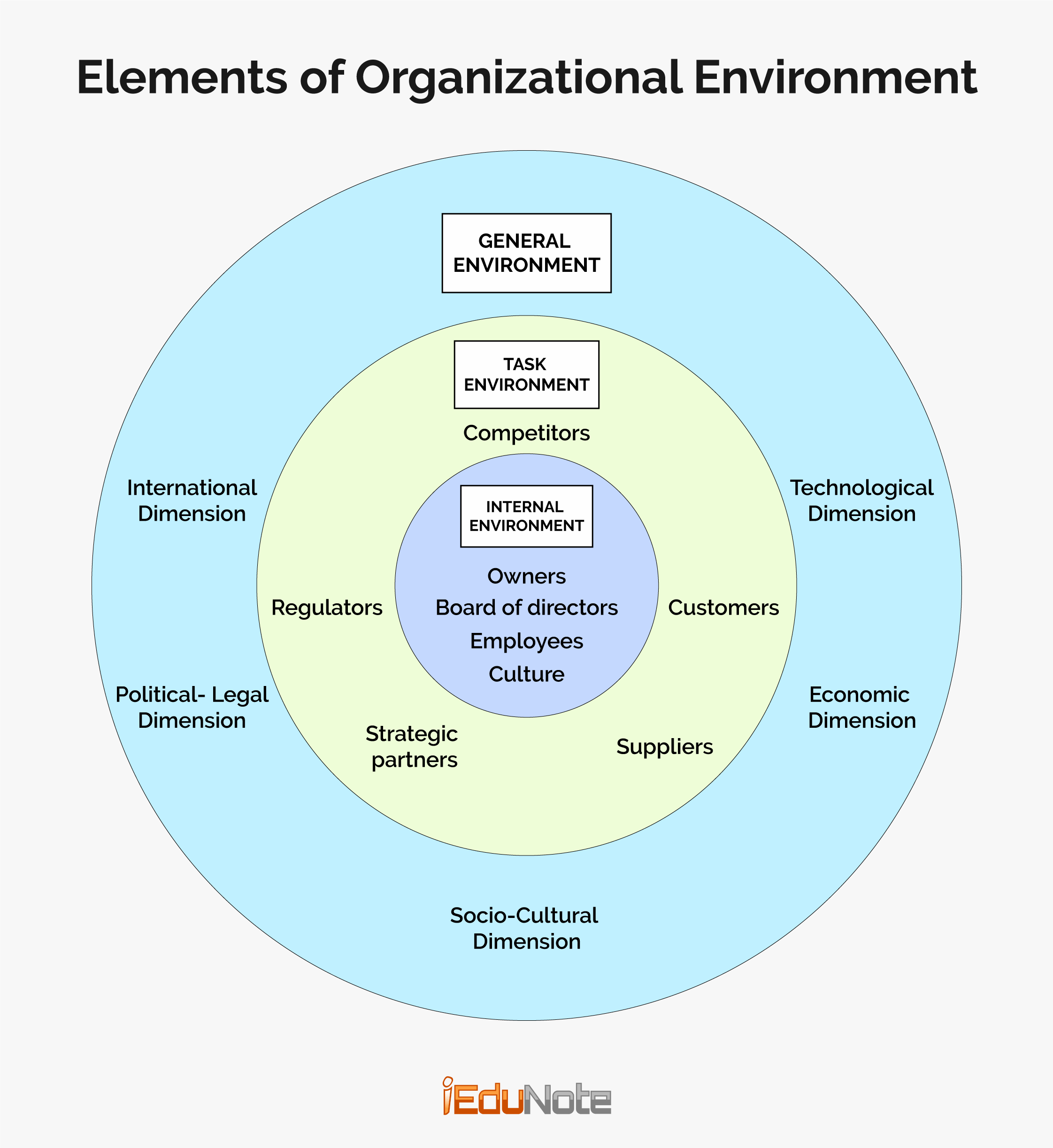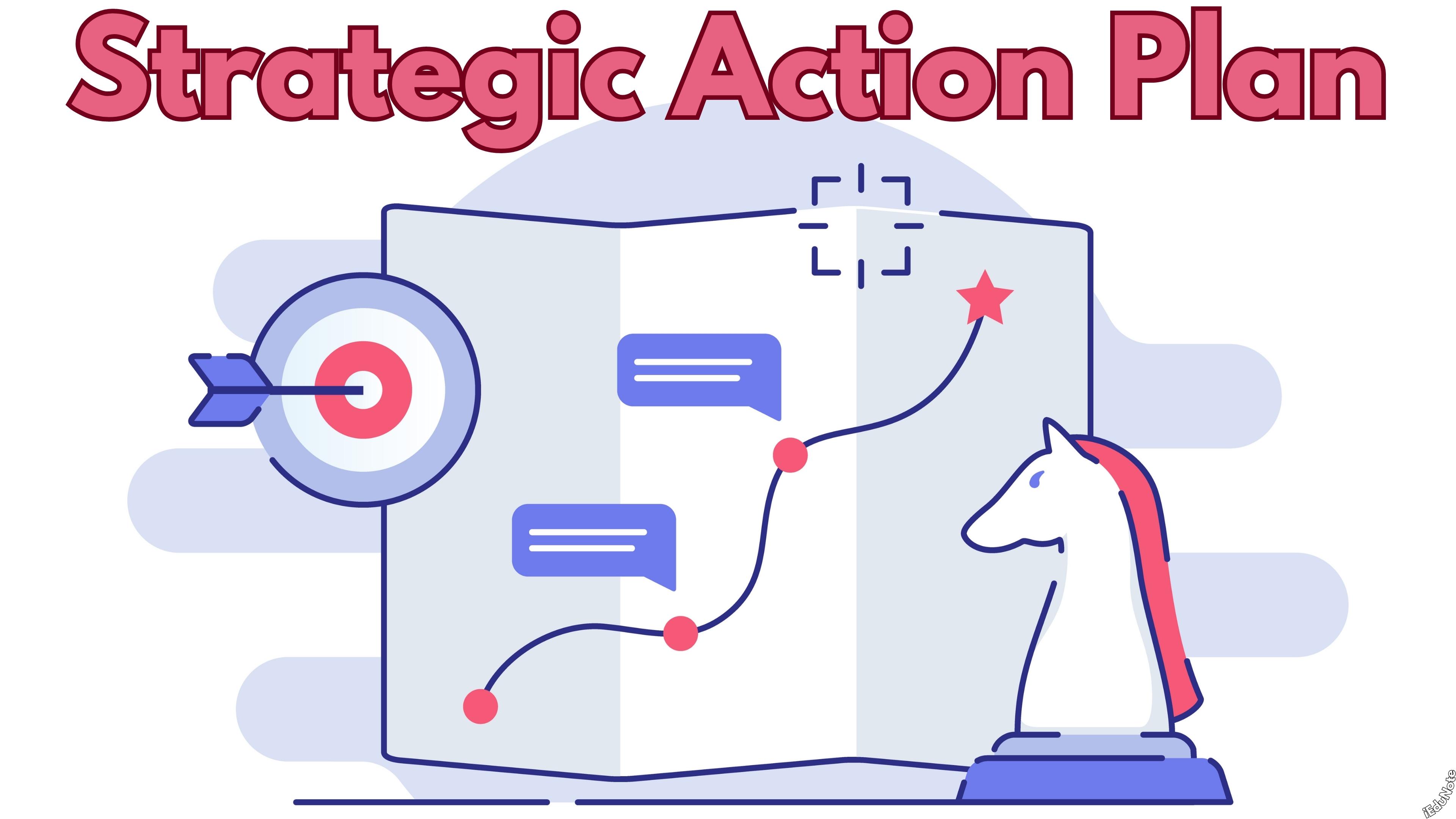Maximize Business Success with Vertical Integration Strategies. Discover the Advantages, Disadvantages, and Types of Vertical Integration.
What is Vertical Integration?
Vertical integration strategy combines backward integration and forward integration. Vertical integration strategy expands business backward into the sources of supply and forward toward the users of the products.
Vertical Integration is the degree to which a firm’s production system or service facility handles the entire supply chain.
It is an arrangement in which that company owns the supply chain of a company. Usually, each supply chain member produces a different product or (market-specific) service, and the products combine to satisfy a common need.
When a firm owns its upstream suppliers and its downstream buyers, it is called Vertical Integration.
It is contrasted with horizontal integration, wherein a company produces several items that are related to one another.
Vertical integration had also described management styles that bring large portions of the supply chain under common ownership and into one corporation (as in the 1920s when the Ford River Rouge Complex began making much of its steel rather than buying it from suppliers).
Vertical integration is one method of avoiding the hold-up problem. A monopoly produced through vertical integration is called a vertical monopoly.
Nineteenth-century steel tycoon Andrew Carnegie’s example of vertical integration led others to use the system to promote financial growth and efficiency in their businesses.
Vertical integration can be an important strategy, but it is notoriously difficult to implement successfully and—when it turns out to be the wrong strategy—costly to fix.
Advantages of Vertical Integration
Companies involve themselves in vertical integration to gain a competitive position in the market. Vertical integration becomes attractive when it can strengthen a company’s competitive position.
Either profit-wise or strategy-wise, vertical integration is likely to flop if it fails to produce sufficient cost savings and /or substantially improve the company’s technological and competitive strengths.
Let us discuss the strategic advantages of vertical integration for backward integration and forwarding integration.
Disadvantages of Vertical Integration
- It increases business risk because of diversification and more investments in the other stages of business activities.
- It may block scarce financial resources in some industry value chain activities and thus prevent the firm from investing in otherwise profitable ventures.
- As vertically integrated firms tend to jealously protect their present investments in the backward and forward activities, they slow down investing in research and development.
- Even if there is scope to procure materials at a cheaper cost from outside vendors, vertically- integrated firms cannot avail of this opportunity because they have already locked themselves into in-house activities.
- As vertically integrated firms become less flexible due to reliance on in-house activities and their sources of supply, they may eventually face problems in responding to buyer demand for various products.
- When a firm goes for forwarding or backward integration or both, they require different skills and capabilities to manage the integrated business activities; fulfilling this requirement is always costly and may not finally be worthwhile.
- Backward integration into the production of components and parts may reduce a firm’s flexibility in its manufacturing activity. In technologically sophisticated industries (such as computers), outsourcing component production is often cheaper than production by a firm itself.
Types of Vertical Integration
Vertical integration is the degree to which a firm’s production system or service facility handles the entire supply chain. Based on this statement, mention the types of vertical integration.
Contrary to horizontal integration, a consolidation of many firms that handle the same part of the production process, vertical integration is typified by one firm engaged in different parts of production (e.g., growing raw materials, manufacturing, transporting, marketing, and/or retailing).
3 types of Vertical integration strategies are
- backward (upstream) vertical integration,
- forward (downstream) vertical integration,
- and balanced (both upstream and downstream) vertical integration.
Backward Vertical Strategy Integration
Backward integration moves an organization into supplying some or all of the products used in producing its present products.
To understand backward (upstream) vertical integration, let’s look at one of the most influential companies in Poland, TAURON Group.
As one of the country’s largest companies and one of the leading energy holdings in Central and Eastern Europe, TAURON Group operates in all main areas of the energy market.
The focus of business consists of coal mining, electricity and heat generation, distribution, and supply. The largest distributor and retailer in the country and the second-largest domestic energy producer is considered TAURON Polska Group.
To increase its stability and revenues, TAURON Group acquired the company which produced intermediate goods. In this case, it was coal. This process, wherein the Tauron group acquired the vendor providing coal, is known as Backward vertical integration.
Thus, in any management case, whenever the company is acquiring or tying up with its vendors for better management, it can be called a case of backward vertical integration.
Generally, the result of backward vertical integration is increased stability and better margins for the company.
Advantages of Backward Integration
- It can achieve greater competitiveness by generating cost savings. This is possible if the production volume can j result in the economics of scale better than the suppliers.
- It can improve a company’s technological capabilities.
- It can produce a differentiation-based competitive advantage. This comes true when the company can produce quality products better than the suppliers.
- Competitive advantage may also be gained if vertical integration improves customer service quality and enhances final product performance.
- It can add to a company’s differentiating capabilities by creating core competencies.
- It reduces a company’s dependence on suppliers of crucial raw materials or components.
- It minimizes/eliminates the risk of becoming vulnerable at the hand of suppliers who “raise prices of raw materials and components without valid reasons. Thus, a company may escape from the clutches of such opportunistic suppliers.
Situations Suitable for Backward integration
A firm can accomplish backward integration by starting its operations by producing raw materials or components or by acquiring a firm already performing the same activities.
When a firm’s suppliers are unreliable when purchasing from suppliers is too costly, or when the suppliers cannot meet the firm’s needs, it is wise to go for backward integration.
More specifically, backward integration for a firm may be suitable when.
- The firm’s present suppliers are especially expensive or unreliable or incapable of meeting the needs.
- The number of suppliers is small.
- The firm is competing in an industry that is growing rapidly.
- The firm has the resources to manage the new business supplying its raw materials.
- The advantages of stable prices are particularly important.
- The firm needs to acquire a needed resource quickly.
Forward Vertical Strategy Integration
Forward integration moves the organization into distributing its products. Vertical integration is popularly known as vertical linkage.
Forward vertical integration happens when you directly interact with customers instead of having an intermediate. Thus, Magazines that offer a direct subscription to readers are doing forward vertical integration as they are bridging a gap by removing intermediates.
Situations Suitable for Forward Integration
Forward integration in a firm occurs when the firm gains ownership in the distribution of its products.
A company may integrate forward into wholesaling or retailing via company-owned distributorships, own dealer networks, or a chain of retail stores. Bata Shoe Company, Pizza Hut, and Wimpy have forward integration.
Forward integration for a firm may be suitable when;
- The firm’s present distributors are especially expensive or unreliable, or incapable of meeting the firm’s distribution needs.
- The availability of quality distributors is limited.
- The firm is competing in an industry that is growing and is expected to grow markedly.
- The firm has the required resources to manage the distribution function by itself.
- The firm intends to maintain stability in production and demand.
- It can distribute its products more competitively than independent distributors and retailers.
Advantages of Forward Integration
- The main spirit of forward integration is to enhance a company’s competitiveness.
- A company achieves greater control over the distribution of products. It may partially lose control over distribution when products are sold through intermediaries.
- A company can increase sales by avoiding dealers, wholesalers, and retailers who may not wholeheartedly push; the sales of the company’s products. These intermediaries may be more interested in selling the competitors’ products that offer better commissions.
- When a company integrates forward and directly sells products to end-users, it can reduce distribution costs and lower selling prices.
- Because of lower distribution costs, the company can produce a relative cost advantage over certain competitors.
Balanced vertical integration
The third type of vertical integration combines backward and forward vertical integration. In the above example of the Tauron Group, we have already experienced backward integration.
Now imagine that the Tauron group directly approaches end customers and starts providing electricity without having a go-between.
Thus, the Tauron Group has now successfully integrated with vendors and customers. And hence it has covered its upstream as well as downstream vertical.
By capturing both upstream and downstream verticals, the company will have better profit margins and improve its core competencies.
Unbundling Strategy: When Vertical Integration Doesn’t Work?
When vertical integration does not pay, a company may decide to abandon the vertical integration strategy and adopt the de-integration strategy.
That is, the company withdraws from the backward or forward integration.
It stops producing parts and components or stops selling directly to consumers through its own stores. This action of de-integration is known as unbundling strategy.
According to Thompson and Strickland, a number of US companies over the past decade have found vertical integration so competitively burdensome that they have adopted vertical deintegration or unbundling strategies.
Conclusion
Vertical integration strategy involves extending the present business of a firm in two possible directions.
There may be backward linkage (backward integration) and/or forward linkage (forward integration). Vertical integration occurs within the same industry.
For a company, vertical integration involves producing raw “materials or components purchased from other firms and selling products to the end-users directly.
When the company produces the raw materials or components backward, integration (or linkage) occurs. When it directly sells products to end-users, forward integration (or linkage) takes place.
Thus, vertical integration is expanding the business backward into the sources of supply and forward toward the users of the products.

